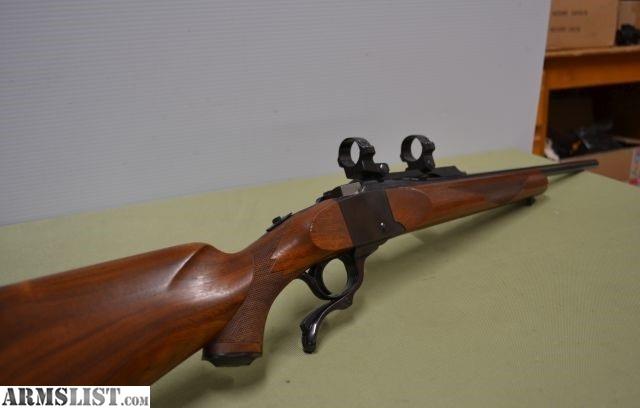

The falling block is operated with a lever located just behind the trigger guard. The design is not merely a replica of the Farquharson, but it’s a modern take on the action.

1” and not “Number One” or “Number 1.” Photo by Stan Trzoniec. This Ruger model should always be referred to in print as “No. From the beginning, the actions were stamped “No. Originally, the rifle was going to be named the Victorian, due to its 19th century styling, but not long after it went into production, the name was changed. “The man with a single shot rifle, stalking his game skillfully, thoughtfully calculating his range, not just shooting at his quarry but selecting the most effective shot to place that bullet, then carefully aiming and making that one shot count - that man surely is more of a hunter than is the fellow having half a dozen shots available in his repeater.” In the 1967 edition of the Gun Digest Annual, the late Roger Barlow wrote a review of the new Ruger rifle and eloquently described the appeal of the single shot. The rifle was designed to appeal to the traditional sportsman who appreciated and understood the challenge - as well as the advantages and disadvantages It was a classic-style single-shot based on John Farquharson’s falling-block design that was patented in Scotland in 1872. In 1966, Ruger invited a select group of gun writers to a meeting at the NRA convention in Chicago to unveil a new rifle. This fact, along with the many different versions made, makes the No.1 has been produced in only one caliber each year. It's been offered in almost every popular American caliber, and several European ones.It's a falling-block action actuated by a lever just behind the trigger guard.1's design is based heavily on the old Farquharson single-shot design. 1 single-shot rifle has been a favorite among hunters and shooters since its introduction in the 1960s.


 0 kommentar(er)
0 kommentar(er)
